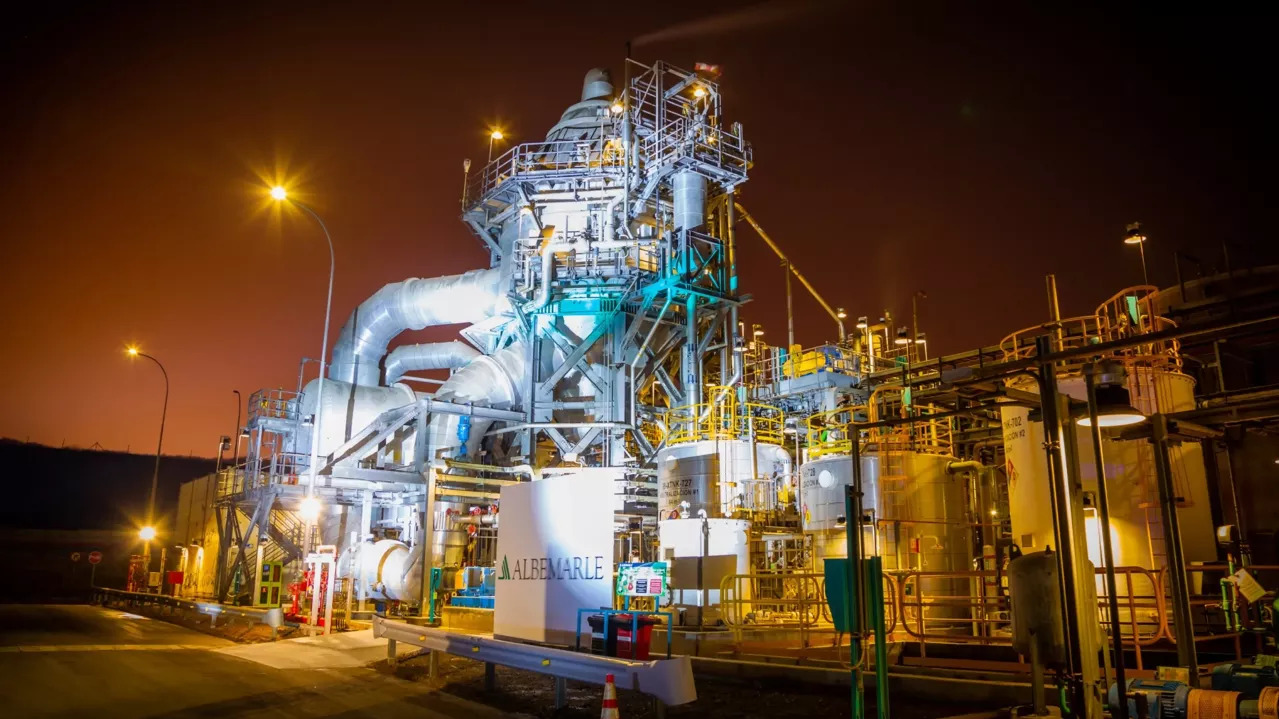The ‘revolution’ in the next decade of mining

Deloitte CEO Glenn Ives says that increased costs and regulatory burdens alongside robust Asian demand will push the mining sector into a “revolution” of cleaner, cheaper energy inputs over the next 10-15 years.
Ives spoke to Proactiveinvestors at the PDAC 2013 conference in Toronto Canada last week, highlighting the trends that 50 Deloitte partners around the world have identified for the mining sector going forward.
As all miners well know, exploding operating and capital costs have diminished profits and sent handfuls of CEOs packing over the past year.
Higher costs coupled with volatility in prices are increasingly threatening, and are causing big companies to pull back from new projects and acquisitions.
More pressure on the sector from waves of resource nationalism, stringent environmental and safety regulations, taxes and political and community activism all amount to a longer, tougher road to production.
“We used to say five years from discovery to production,” Ives noted, “now it’s 15 plus.”
Meanwhile demand remains strong and is expected to stay strong, particularly in Asia. Ives pointed out that 8% GDP growth today in China actually represents higher total consumption than 15% GDP growth in 2000 because the size of the Chinese economy is so much larger now than it was 10-15 years ago.
Because of these factors, Ives sees a growing gap between production capacity and demand that needs to be addressed.
One way of addressing the gap is by reducing costs. Ives believes that the mining sector is due for a “revolution” not unlike what we observed in car manufacturing in the 1970s.
Henry Ford’s Model T production line set the industry standard for decades. Not until the 1970s, with fresh Japanese ideas of ‘just-in-time’ inventory and ‘zero defects’ did the US car industry enter a new phase.
While the analogy is not perfect, Ives’ point is that mining companies must change the way they approach projects. They must seek out and master cheaper, more efficient ways of mining.
One area ripe for change according to Ives is energy inputs. “Get rid of the diesel-fueled trucks.” Use “more electricity, natural gas, wind and solar on site.”
The transformation has already begun as more mining companies are discovering the advantages of using renewable energy systems.
Vancouver-based Knight Piesold Consulting outlines the benefits of using cheaper renewables, which address not only the cost trends but also the environmental and social pressures affecting mining operation:
- Reduced dependence on volatile fuel prices and insecure supplies
- Creation of a legacy resource, which will carry the mine through operations and may be shared with or co-managed with neighboring communities, fostering enduring relationships and good will (this is particularly beneficial for projects located in developing nations where clean power generation is rare or too costly for communities to develop on their own)
- Opportunity for mining operations to distinguish themselves as sustainable ventures that are favorable to shareholders, community stakeholders, government regulators and environmental NGOs
- Reduced carbon footprints
- Opportunity to offset greenhouse gas emissions and to take part in the emerging carbon economy
To watch the full video interview with Glen Ives, click here.
More News
Albemarle wraps up validation of lithium pilot plant in Chile
Lithium recovery exceeded 94% during stable operation.
December 10, 2025 | 03:51 pm
{{ commodity.name }}
{{ post.title }}
{{ post.date }}




Comments